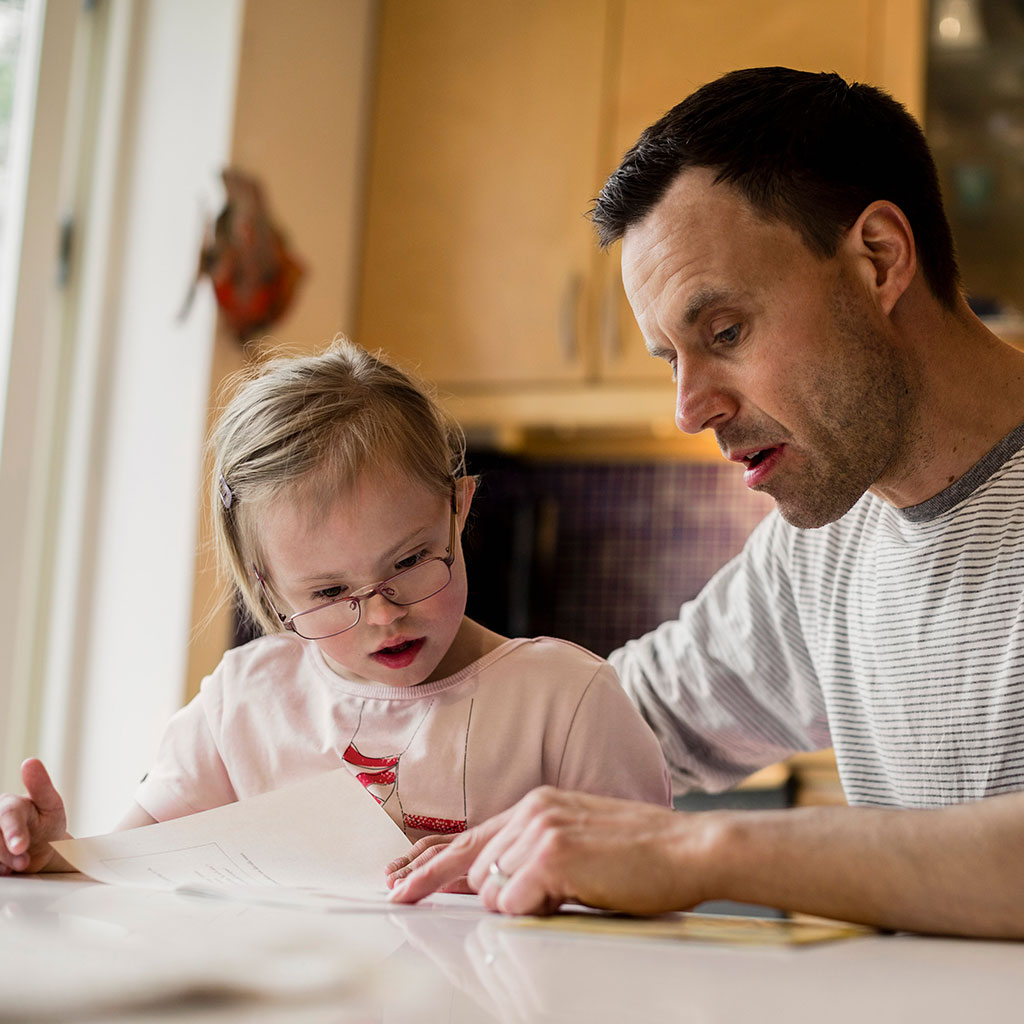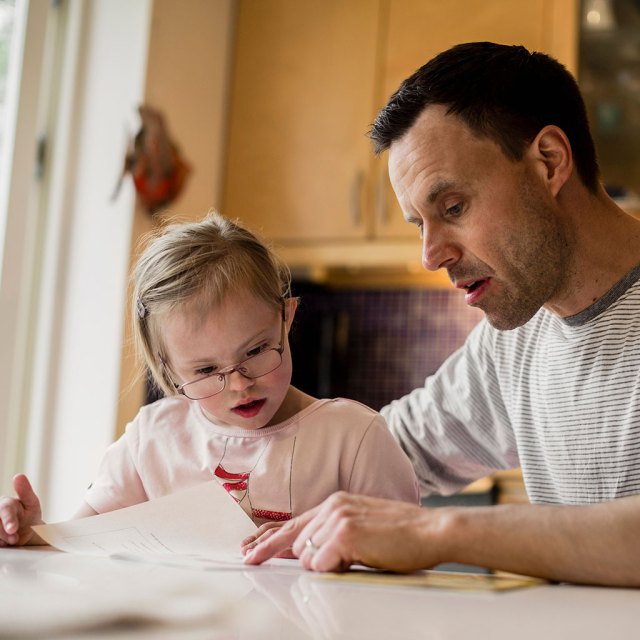
The shift to distance learning has been difficult for all children and poses unique challenges for children with special needs and their families. The term children with special needs refer to students who have been identified as having one or more conditions that “adversely affects school performance,” as defined by the Individuals with Disabilities Education Act. This includes but is not limited to developmental disabilities (such as Autism Spectrum Disorder), intellectual or learning disabilities, sensory disabilities (such as those involving vision and hearing), and neurological disorders (such as attention-deficit/hyperactivity disorder, or ADHD).
What makes remote learning especially difficult for children with special needs is that the individualized tools, strategies, and routines that are integral to their success are either not available or look very different now. Students with Autism Spectrum Disorder, for example, who thrive when they have a predictable routine, now have to adapt to a series of changes that are all happening at once. Children who have ADHD have to remain seated in front of a screen for a long period of time, without access to the specialized seating options they had available to them in their classroom. While the circumstances of remote learning affect children with special needs in profound and unique ways, there are tools and strategies that can help them succeed during this transitional time.
Behavioral and Social-Emotional Supports
One of the biggest challenges children with special needs face in a remote setting is that their routines and procedures have been disrupted. Having a predictable daily routine allows them to transition from one activity to the next, complete familiar tasks with a high degree of independence, and employ strategies when they are experiencing frustration. Now, students are stationary for most of the day; the mode of instruction has changed; and supports like proximity (i.e., the teacher standing or sitting next to the student), movement breaks, and face-to-face conversations with their teacher may not be possible.
There are, however, a number of strategies and tools that can help create structure and assist students with self-monitoring and self-regulation.
1. Social Story: A story that uses a narrative structure to teach children how to respond to situations that may be unfamiliar or may cause frustration. Social stories are often used to help children cope with change and can be personalized to include a child’s interests or make them the main character. Discussing the story and rehearsing how they would respond in that situation helps children respond more positively when the situation occurs. For example, wearing a face mask may require a social story, which Britannica for Parents discusses with Tara Tuchel.
2. Visual Schedule: Sometimes referred to as a “picture schedule,” this tool uses picture cards to show each activity (in order) that a child will complete during a school day. When a child completes an activity, they move that picture card into the “Done” envelope. Children can also identify when they might need to take breaks during the day and add “break cards” to their schedule.
3. Strategic Use of Space: Remote learning requires children to remain seated in the same location for far longer than they are used to. It can be helpful to create separate spaces for different activities. For example, make one corner of the room the language arts center and another corner the math center. Have the specific materials for each content area at that particular center. If moving around isn’t possible, try making a bin for each subject and when it is time for that content area, your child can retrieve that bin. The goal is to make the space feel more like a classroom and allow them to move around in a way that feels more like how they move in school.
Academic Supports
Another difficulty children face with remote learning is that the wide variety of tools and materials may not be available to them at home. The impact of this is even greater for children with special needs, as multisensory learning activities are a key component of specialized instruction. Luckily, there are a number of fun, engaging activities you can do at home that build foundational skills. Here are two examples of recommended resources for hands-on activities that build literacy, math, and problem-solving skills. They can be utilized in remote learning settings as well as in-person settings.
1. Magic Sand: Magic Sand is a combination of two different colored sands with two distinct textures that you pour onto a tray or plate. The sand can be used for practicing letter formation and for spelling. You can recreate the magic sand using aquarium sand or another grainy material you may have on hand.
2. Touch Math: This system uses tools with sensory “touch points” to help children improve their numeracy skills. By tapping the touch points as they count, students connect the numbers to real values and add and subtract with more accuracy. You can create your own fun activity at home by setting up a hopscotch path (but in a straight line) either outside with chalk or inside using tape. For every numeral from 1 to 10, have your child hop on that square that same number of times. Your child could also hop forward and backward to solve addition and subtraction problems. This is a fun and physical way to build number sense and to release some energy.
Resilient Children, Caring Parents
Your greatest resource is your child. Children with special needs are adaptive and resilient. When they are given the right tools, their growth is astounding. No one plays a bigger role in shaping their success than their parents and families; and it is their partnership with educators that allows children to meet their fullest potential.
Remote Learning Help for Children with Special Needs
The Iris Center and the Council for Exceptional Children are two organizations that provide fantastic resources for families. As you discover helpful tools and strategies remember to share them with others, as you too are a resource. By thinking creatively and sharing ideas, we can take this challenging arrangement and make the best possible version of it.
About the Author
Kimberly Chapman was a special education teacher for Chicago Public Schools and worked with children and families on the West Side and South Side of Chicago. A graduate of University of Wisconsin Madison (Bachelor of Science in Education) and Northwestern University (Master of Arts in Learning Sciences), her professional and academic career has been dedicated to developing multimodal programs and tools for culturally/linguistically diverse students, and students with diverse learning needs.
Sources
Britannica for Parents, “Why Do We Have to Wear Face Masks?” 2020
Chapman, Kimberly, “Coping with Difficult Emotions,” [n.d.]
Do2Learn—A Resource for Individuals with Special Needs
Illinois State Board of Education, “Coping with COVID-19: Remote Learning for Students with Autism Spectrum Disorder,” 2020
Individuals with Disabilities Education Act, “Sec. 300.8 Child with a Disability,” 2018
Learn More
Chapman, Kimberly, “Remote Learning Resources,” [n.d.]
Council for Exceptional Children, “Resources for Teaching Remotely,” 2020
The Iris Center, “Parents: Supporting Learning During the Covid-19 Pandemic,” 2020











